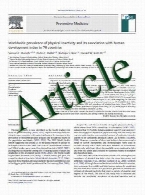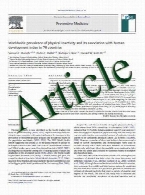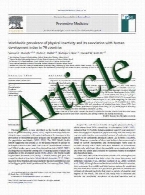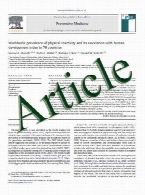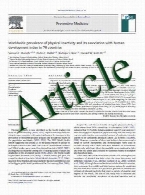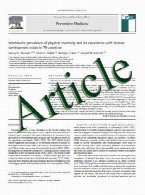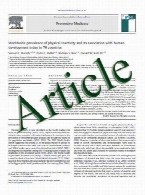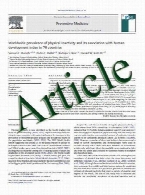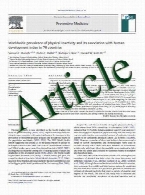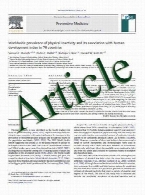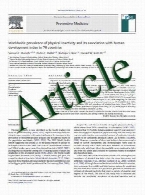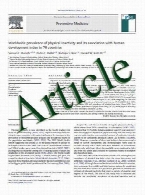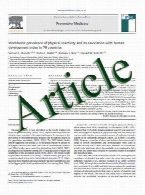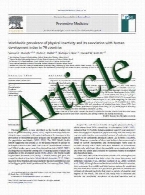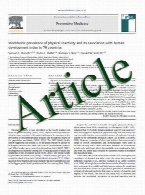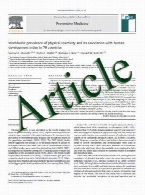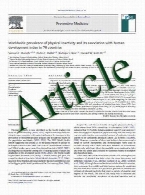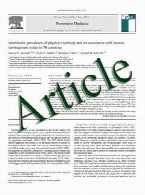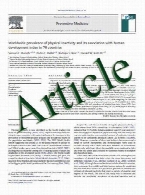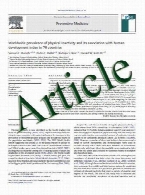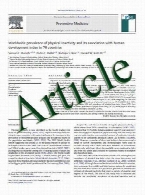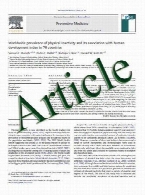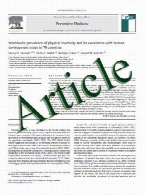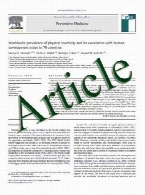

Preponderance of sonic hedgehog ...
Medulloblastoma (MB) represents approximately 4% of adult brain tumours, and as such is a poorly studied disease. Although many adult MB are treated ...
Molecular biology and pathology ...
Prion diseases are believed to propagate by the mechanism involving self-perpetuating conformational conversion of the normal form of the prion prot ...
Risk genotypes at TMEM106B are ...
TMEM106B has recently been identified as a genetic risk factor for frontotemporal lobar degeneration with TDP-43 inclusions (FTLD-TDP). Amyotrophic ...
The spectrum and severity of FU ...
Neuronal intermediate filament inclusion disease (NIFID), a rare form of frontotemporal lobar degeneration (FTLD), is characterized neuropathologica ...
Cytoplasmic accumulation of TDP ...
TDP-43, encoded by TARDBP, is a ubiquitously expressed, primarily nuclear protein. In recent years, TDP-43 has been identified as the major patholog ...
Pathological correlates of fron ...
Frontotemporal lobar degeneration (FTLD) is generally recognised as a disorder with presenile onset (that is before 65 years of age) with only occas ...
Distinct pathological subtypes ...
Most cases of frontotemporal lobar degeneration (FTLD) are characterized by abnormal intracellular accumulation of either tau or TDP-43 protein. How ...
Modulation of lipid peroxidatio ...
Huntington’s disease (HD) is an autosomal dominant neurodegenerative disorder. Oxidative damage has been associated with pathological neuronal loss ...
APP involvement in retinogenesi ...
Very few studies have examined expression and function of amyloid precursor protein (APP) in the retina. We showed that APP mRNA and protein are ex ...
Glutathione depletion and overp ...
Parkinson’s disease is a neurodegenerative disorder characterized by severe motor deficits mainly due to degeneration of dopaminergic neurons in the ...
Genetic Creutzfeldt-Jakob disea ...
The E200K mutation is the most frequent prion protein gene (PRNP) mutation detected worldwide that is associated with Creutzfeldt-Jakob disease (CJD ...
AMPK is abnormally activated in ...
Tauopathies represent a class of neurodegenerative disorders characterized by abnormal tau phosphorylation and aggregation into neuronal paired heli ...
Brain aging and Ab1–42 neurotox ...
Aging is known to be the most prominent risk factor for Alzheimer’s disease (AD); however, the underlying mechanism linking brain aging with AD path ...
Blood-derived iron mediates fre ...
Abnormal brain iron homeostasis has been proposed as a pathological event leading to oxidative stress and neuronal injury under pathological conditi ...
In vivo multiphoton imaging rev ...
The kinetics of amyloid plaque formation and growth as one of the characteristic hallmarks of Alzheimer’s disease (AD) are fundamental issues in AD ...
Genetic Creutzfeldt–Jakob disea ...
Human prion diseases are a group of rare neurodegenerative disorders characterized by the conversion of the constitutively expressed prion protein, ...
The pathological process underl ...
Brains of 42 individuals between the ages of 4 and 29 were examined with antibodies (AT8, 4G8) and silver stains for the presence of intraneuronal a ...
CD11c-expressing cells reside i ...
Recent studies demonstrated that primary immune responses can be induced within the brain depending on vessel-associated cells expressing markers of ...
Role of cytoskeletal abnormalit ...
Type I lissencephaly or agyria-pachygyria is a rare developmental disorder which results from a defect of neuronal migration. It is characterized by ...
Homeostatic regulation of the e ...
The endoneurial microenvironment, delimited by the endothelium of endoneurial vessels and a multilayered ensheathing perineurium, is a specialized m ...
The intracranial volume pressur ...
Background The intracranial pressure (ICP) is usually continuously monitored in the management of patients with increased ICP. The aim of this study ...
Muscle and joint forces under v ...
It is well established that subjects without molars have reduced ability to comminute foods. However, epidemiological studies have indicated that th ...
Arachnoid cysts of the middle c ...
Background Subdural effusions (SDEs) can complicate arachnoid cysts of the middle cranial fossa (ACMFs). While there is a consensus that at least in ...
Isolation, culture, and charact ...
role in the vascular wall and also participate in vascular repair mechanisms. Dysfunction of SMCs may also contribute to the formation of intracrani ...
Vasculature and neurovascular r ...
Background Specific microanatomical characteristics of the trigeminal nerve root (TNR) blood supply and close neurovascular relationships with surro ...

